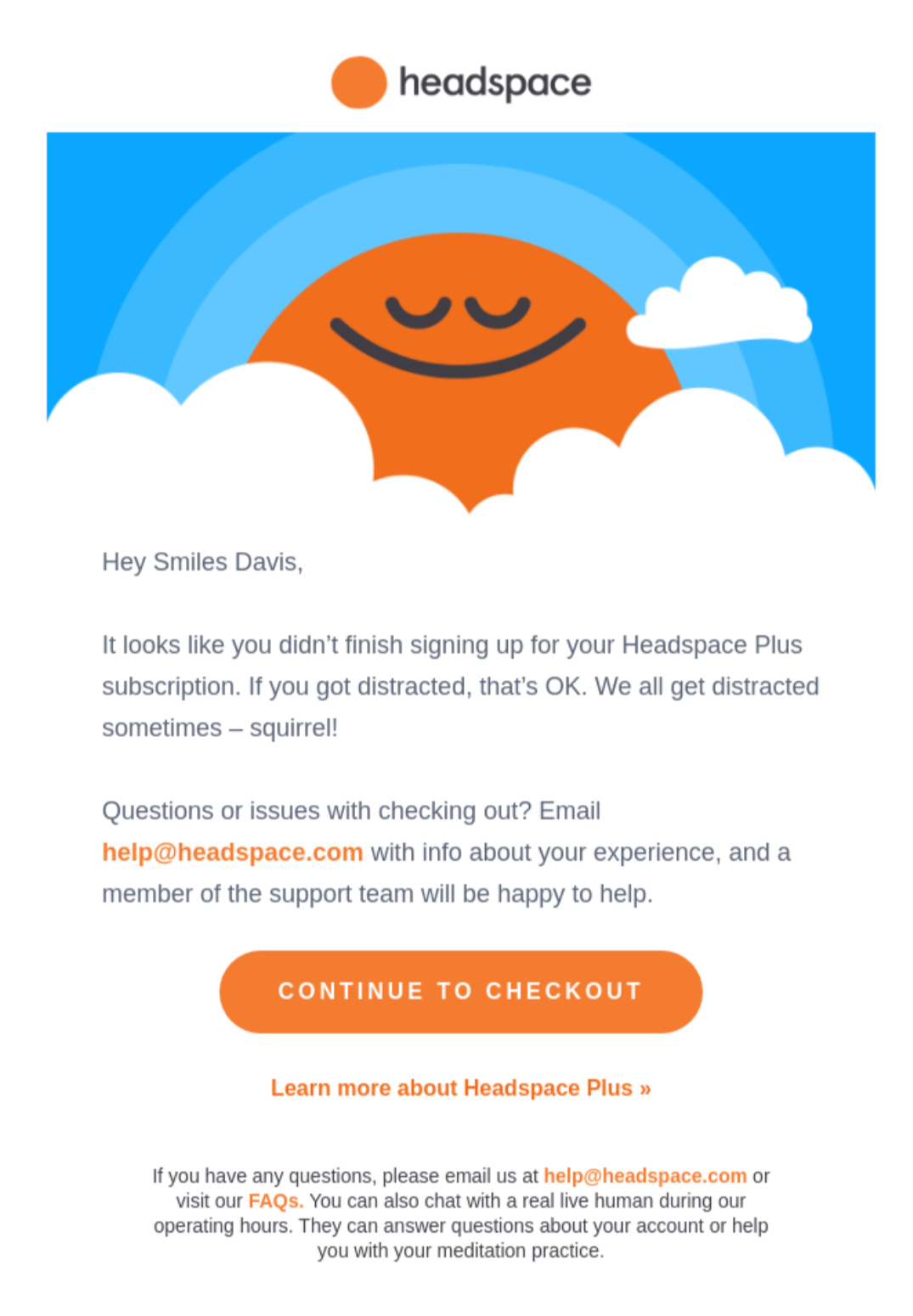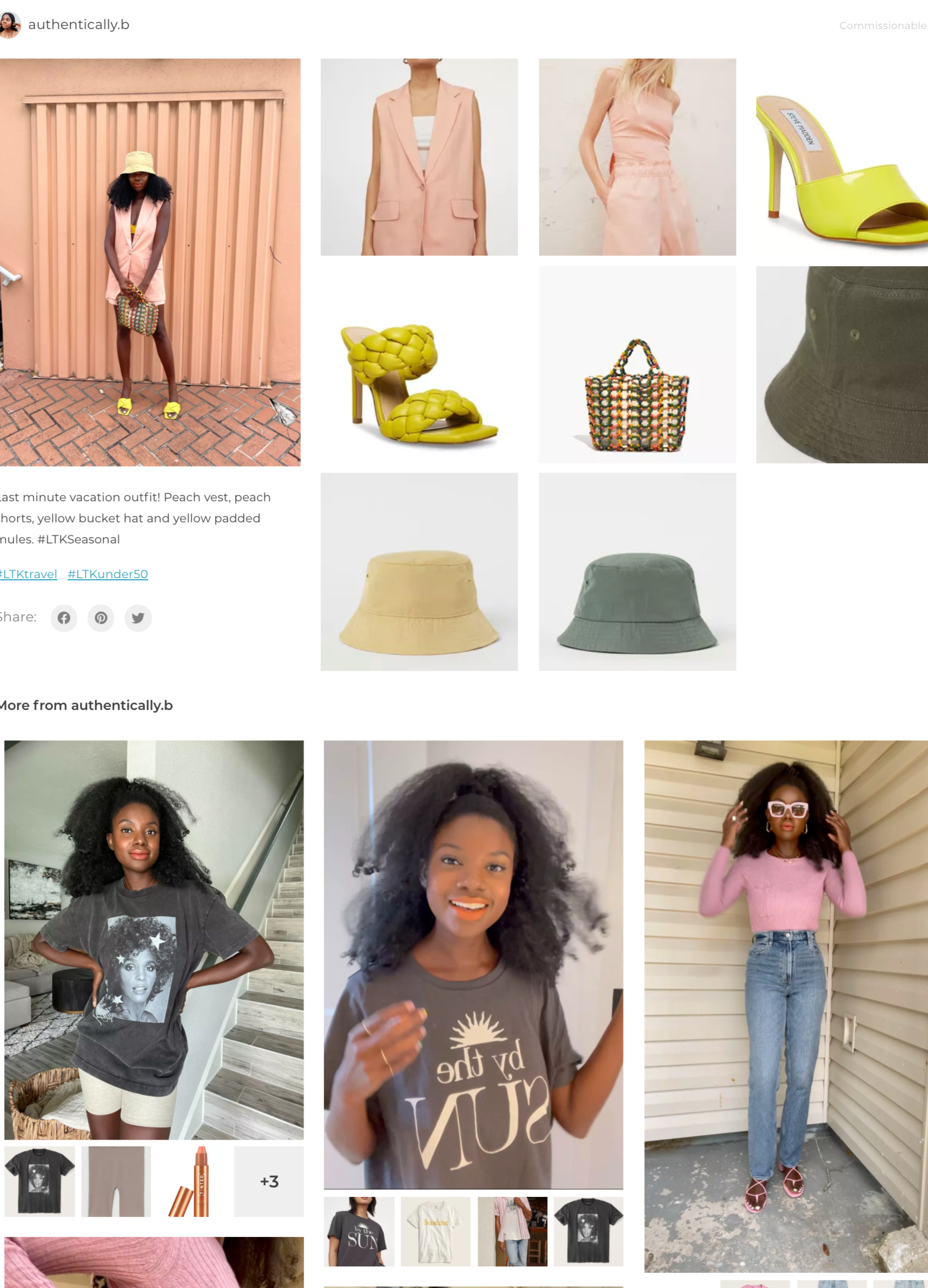Back in 2017 we released some youth marketing strategies and, while the advice was solid at the time, Gen Z was just emerging as a generation with buying power—how naive we were. Today, we know that Gen Z, aka “Zoomers,” have become a buying force to be reckoned with.
Consisting of people born between 1997 and 2012, this group makes up 40% of US consumers and is responsible for up to $143 billion in spending. It’s clear Gen Z is a generation marketers can’t afford to ignore. To be part of the action, brands should aim to develop strategies that specifically appeal to the wants and needs of this young, powerful group.
Not only will an in-depth understanding of Gen Z lead to more personalized customer experiences for each Zoomer, but it will help digitally transform your brand to make sure you’re not falling behind in a quickly evolving retail landscape.
In this post, we’ll highlight some updated youth marketing strategies for appealing specifically to Gen Z.
Youth Marketing Strategies
Matching Motivation
To market to any generation, brands need to understand what motivates them to shop. What do they prioritize? What do they care about? Buying motivation is where the immediate differences between Gen Z and the previous generation, Millennials, become very apparent.
While Millennials may have started the trend towards supporting socially responsible brands, Zoomers have leaned into it, full tilt. According to a podcast from McKinsey, “[Gen Z is] looking beyond tangible products and actually trying to understand what is it that makes the company tick. What’s its mission? What’s its purpose? And what is it actually trying to build for us as a society?”
With Gen Zers prioritizing socially responsible brands, companies are striving to showcase their values up front. Outer, an outdoor furniture brand, highlighted sustainability in their Earth Month emails. They specifically called out the responsibly-sourced wood used in their furniture production.


Outer also features their partnership with non-profit One Tree Planted to fight climate change. Source: ReallyGoodEmails.
Zoomers not only care about the content they receive and how well it aligns with their personal values, they also care about where they get their information.
Mobile Moguls
Gen Zers are all about their phones. 55% of Zoomers spend five or more hours on their phone, per day. While Millennials may have started getting their first, non-smart phones when they were in middle school or high school, Zoomers were pretty much born to swipe, sometimes using smartphones before they could walk.
To reach this generation, with their predilection towards mobile devices, marketers need to incorporate mobile as a channel in their marketing mix. However, when developing your marketing strategies, this doesn’t mean different generations should be approached via different channels based on the one they’re more likely to use. The key is striking the right balance between your channels in a cohesive, seamless customer experience that works for each individual customer. But, because Gen Z is fluent in mobile technology, tipping the scales to increase your mobile presence for this generation could prove to be beneficial.
For example, if a Zoomer is moving through your app onboarding process, but abandons early, you could send an email (which would be visible on both mobile and desktop) to the user, reminding them of their progress and featuring a deep link to the app to continue their onboarding.
Headspace, the meditation app, did just that. With this email they are reminding the user that they didn’t quite finish the premium account subscription process, and, in a friendly way, it nudges them to complete registration. Plus, for added convenience, Headspace provides a link to “complete checkout.”


Another added bonus in this email is the link to contact customer support. This makes it easy for customers to quickly reach out. Source: ReallyGoodEmails.
All customer touchpoints should be connected, but understanding where Gen Z is most likely to engage can help structure the foundation of your marketing efforts.
COVID Changes
With the pandemic rearing its ugly head once again (wtf, Delta?), Gen Z shopping trends that emerged at the onset of COVID-19 are still relevant today. Not only that, they’ll likely stick around long after the variants have cooled their jets.
In 2020, social distancing was introduced. So, Zoomers cozied up to their friends in the only other way they knew how: through social media. But, social media wasn’t only being used to maintain relationships in a world spread six feet apart, social media became a new shopping hub for this tech-savvy generation.
In fact, 97% of Gen Zers use social media to find shopping inspiration. So, adding ecommerce to the mix is a natural fit. Forbes also pointed out that with more robust algorithms and preference centers, social media platforms have the ability to display extremely targeted advertisements, making purchases more likely.
LiketoKnow.it (LTK), for example, is an app developed exclusively to help social media users shop the clothes influencers are wearing. Users can shop the looks they’ve seen on their favorite Instagrammers, demonstrating the power of influencers and, inherently, the power of social media.


Influencer, @authentically.b is highlighted on LTK with the products she wears displayed in shoppable tiles. Source: LTK.
The preference for Gen Z to shop on social media speaks specifically to the desire for a personalized marketing experience. With more targeted ads and social proof, Zoomers can get easy access to products they’re likely to buy, paired with endless product reviews and recommendations. As Forbes puts it, “brands that appear to understand [the younger generations’] values and lifestyle stand a better chance of attracting them as customers.”
The Gen Z Customer Experience
To sum it up, Gen Z has a preference for mobile devices and, when it comes to ecommerce, they’re becoming more reliant on social platforms. So, to capture the attention of Gen Z, you just have to create target ads on social media apps, right? Eh, not so much. While these methods may be preferred, they’re not the only channels this generation uses.
Remember, generational trends don’t always apply to every individual within the group. These youth marketing strategies are used to help your brand develop broad segments—a starting point. With centralized data and customer sentiments layered on top of segmentation, your brand will be able to create a personalized experience, based on how and where each unique user is interacting with your brand. This, as a result, will improve your relationship with all of your customers, including Gen Z.
To learn how Iterable can help your marketing team connect with Gen Z, request a demo.

































